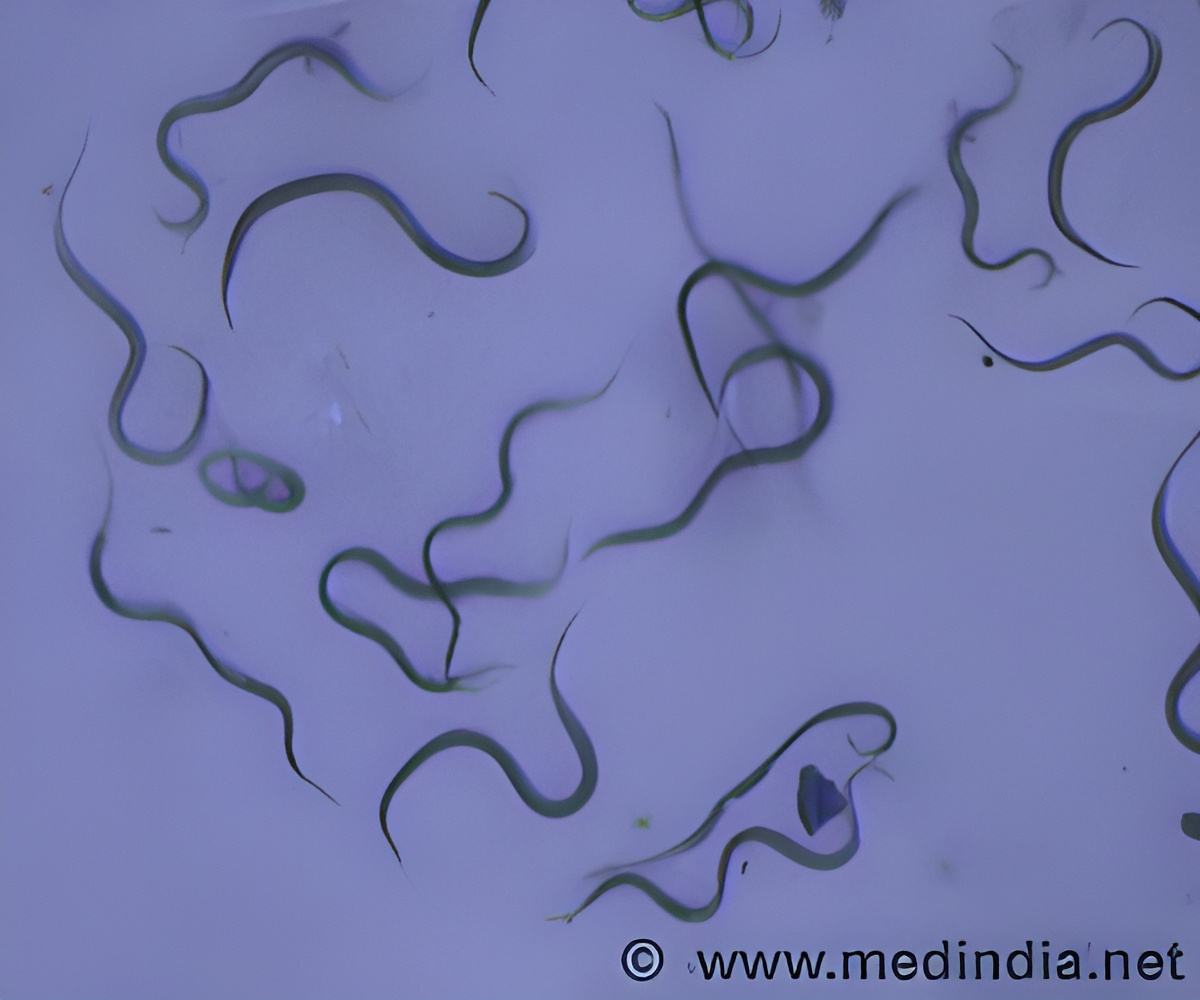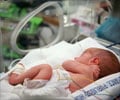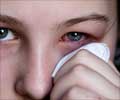Researchers at UC San Francisco suggest that bacteria and other microorganisms that live in and on us could be a rich source of new therapies.

This example suggests that there may be an important role for many naturally occurring drugs – made by our own microbes -- in maintaining human health, said the senior author of the study, Michael Fischbach, PhD, an assistant professor of bioengineering with the UCSF School of Pharmacy, who has established a career discovering interesting molecules made by microbes.
"We used to think that drugs were developed by drug companies, approved by the FDA, and prescribed by physicians, but we now think there are many drugs of equal potency and specificity being produced by the human microbiota," Fischbach said.
About a third of all medicines used in the clinic are derived from microbes and plants, Fischbach said. These include antibiotics like penicillin, numerous drugs used in cancer chemotherapy, and cholesterol-lowering drugs. Although those who prospect for drugs from microbes have been combing the depths of the oceans and probing exotic soils around the globe, only now have scientists begun to look within our own bodies.
There are hundreds of bacterial species associated with each of us, and thousands of distinct strains among them. We do not all harbor the same species, and different species are found at different body sites.
Through research funded by the National Institutes of Health's Human Microbiome Project and other studies, scientists in recent years have begun to describe the microbiomes – ecosystems made up of many microbial species – found in the gut, skin, nasal passages, mouth and vagina.
By developing new data-analysis software and putting it to work on an extensive genetic database developed from human-associated bacterial samples collected as part of the ongoing Human Microbiome Project, Fischbach's lab team identified clusters of bacterial genes that are switched-on in a coordinated way to guide the production of molecules that are biologically active in humans.
Using ClusterFinder, Fischbach's team for the first time systematically analyzed genomes from microbiome species and data on gene activity from human samples to identify 3,118 distinct clusters of bacterial genes that are found in various human body sites. The gene clusters his team identified encode enzymes that serve as molecular factories to produce specific drug-like molecules that fit into known classes of pharmaceuticals.
The new study reveals that the genus-level analysis commonly used to identify bacteria within human microbiomes is not detailed enough to predict which drug-like molecules the bacteria make, Fischbach said. Individual species, and different strains within each species, differ in the molecules they produce.
"We need to learn what these molecules are and what they are doing," Fischbach said. "This could represent a pool of molecules with many tantalizing candidates for drug therapy."
"It's been clear for several years that variations and changes in the human microbiome have interesting effects on the human host, and now we can begin to determine why this is true on a molecular level."
Source-Eurekalert
 MEDINDIA
MEDINDIA



 Email
Email







